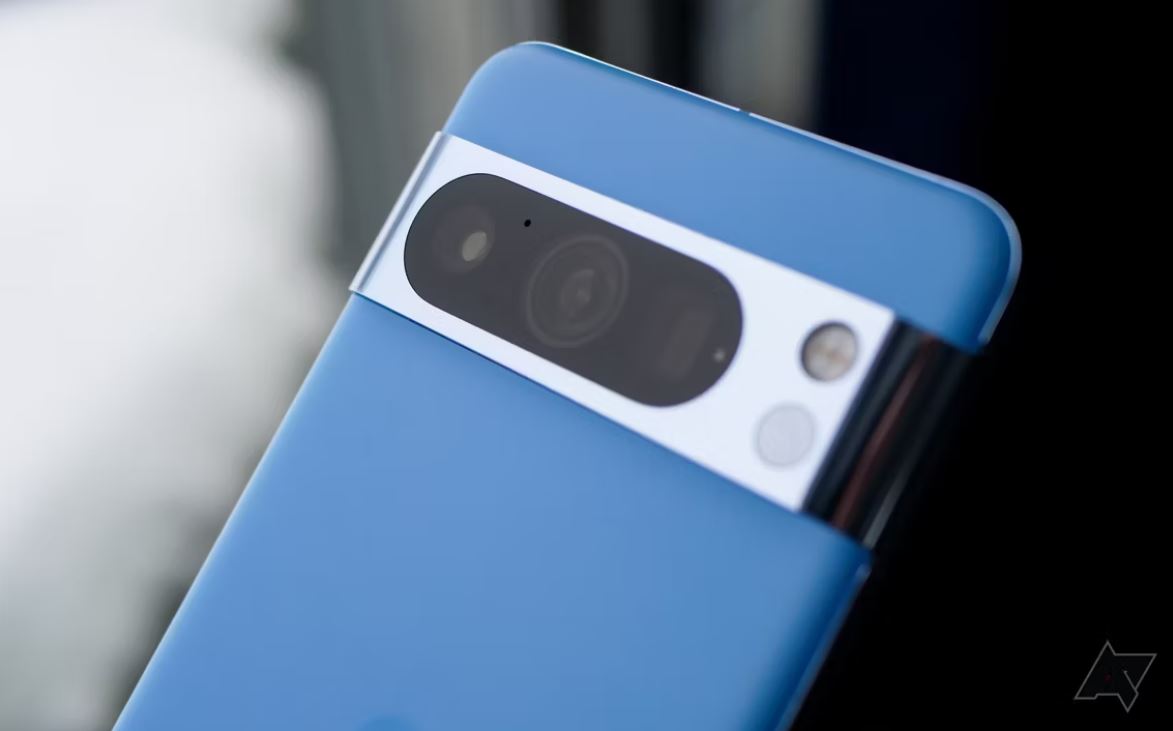It is almost as accurate as FDA-approved temporal artery thermometer

-
The Google Pixel 8 Pro has a built-in thermometer that can now measure body temperature accurately with FDA clearance.
-
The temperature is measured by scanning the temporal artery using an infrared sensor and an algorithm calculates the final temperature.
-
The Pixel 8 Pro's thermometer has received the FDA De Novo classification, making it the first smartphone in the US to receive this classification.
The Google Pixel 8 Pro launched last year with a built-in thermometer. With COVID all but over, Google adding a thermometer to its new flagship Pixel phone was an odd move. Worse, you could only use the sensor for measuring the temperature of food and other objects. You could not use it on humans, as the company still awaited FDA clearance. With the surprise January Pixel Feature Drop, the Pixel 8 Pro's temperature measuring capability was updated to work on humans. And if you were doubting this feature and passing it off as a gimmick, think again. Google says the Pixel 8's body temperature feature is more accurate than forehead thermometers.
In a post on The Keyword blog about the Pixel 8 Pro's body temperature measuring capability, Google has gone in-depth about the sensor and its implementation. Ravi Narasimhan, a research and development technical lead at Google, first developed a miniaturized device with an infrared sensor about five years ago for body temperature measurements. This device then evolved into a Pixel phone feature, thanks to LiDAR and infrared sensors.
Google says the Pixel 8 Pro measures your temperature by scanning the temporal artery using its infrared sensor. This measurement is passed to an algorithm to calculate the final temperature.
Based on a study from the National Library of Medicine, the company claims this data is more accurate than forehead thermometers, which take the reading from the center of the forehead. However, unlike forehead thermometers, you must sweep the Pixel across your forehead and past the temporal artery to get a temperature reading.
In the company's testing, its software algorithm was able to calculate body temperature with an error margin of ±0.3°C in the range of 96.9°F - 104°F (36.1°C - 40°C) compared with an FDA-cleared temporal artery thermometer. This accuracy helped the Pixel 8 Pro's thermometer to get the FDA De Novo classification, where a clinical validation study was conducted on numerous participants. It's the first time a smartphone sold in the US has received this classification from the FDA.
Since the Pixel 8 Pro's IR sensor has a wide field of view, it can sense heat even when the phone is not close to your forehead. However, you will get the best reading when the phone is within half an inch of your forehead.
Google relies on the Pixel 8 Pro's LDAF sensor to ensure accurate placement. This is helpful when you want to use the Pixel to measure your temperature. Plus, you will be provided inputs with haptic feedback and audio instructions. All data is processed on the device, and the feature works without an internet connection.
Given the sensor's accuracy, it is not surprising that Google plans to keep it around and will seemingly even expand it to the Pixel 9 this year.
TrendForce 2024 Infrared Sensing Application Market and Branding Strategies
Release: 01 January 2024
Format: PDF
Language: Traditional Chinese / English
Page: 172
|
If you would like to know more details , please contact:
|











